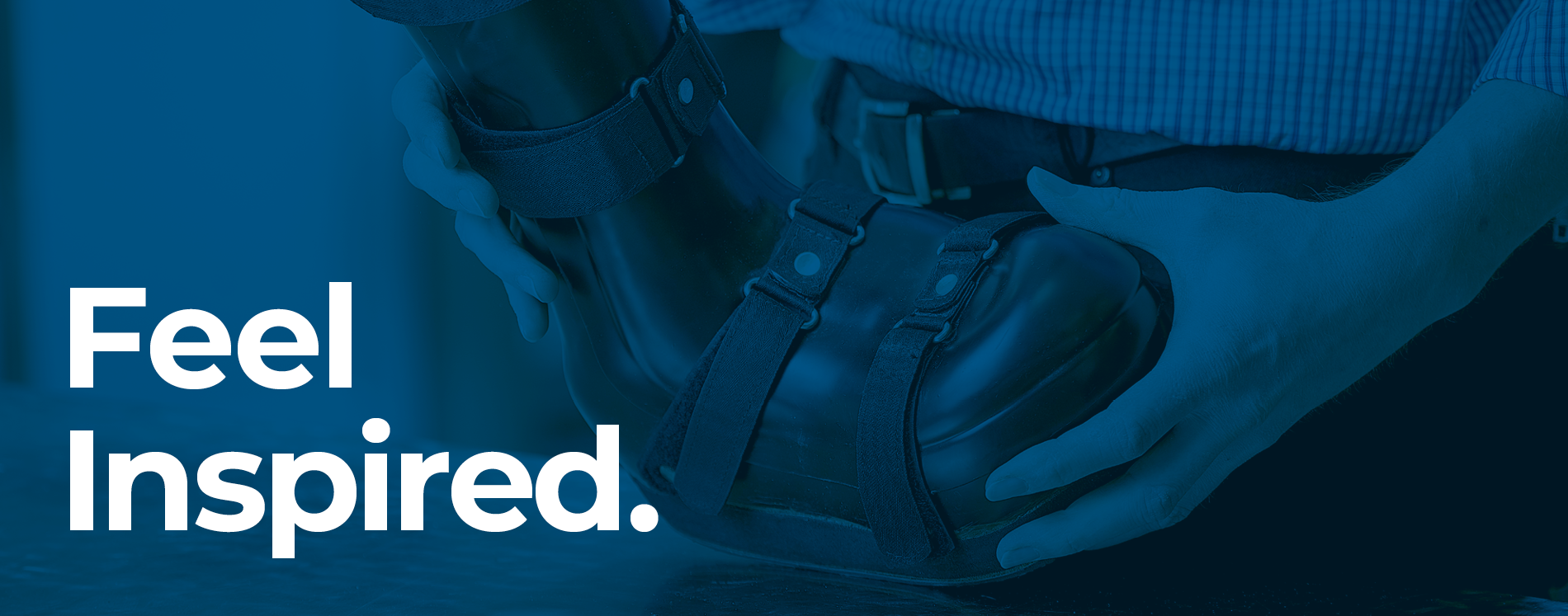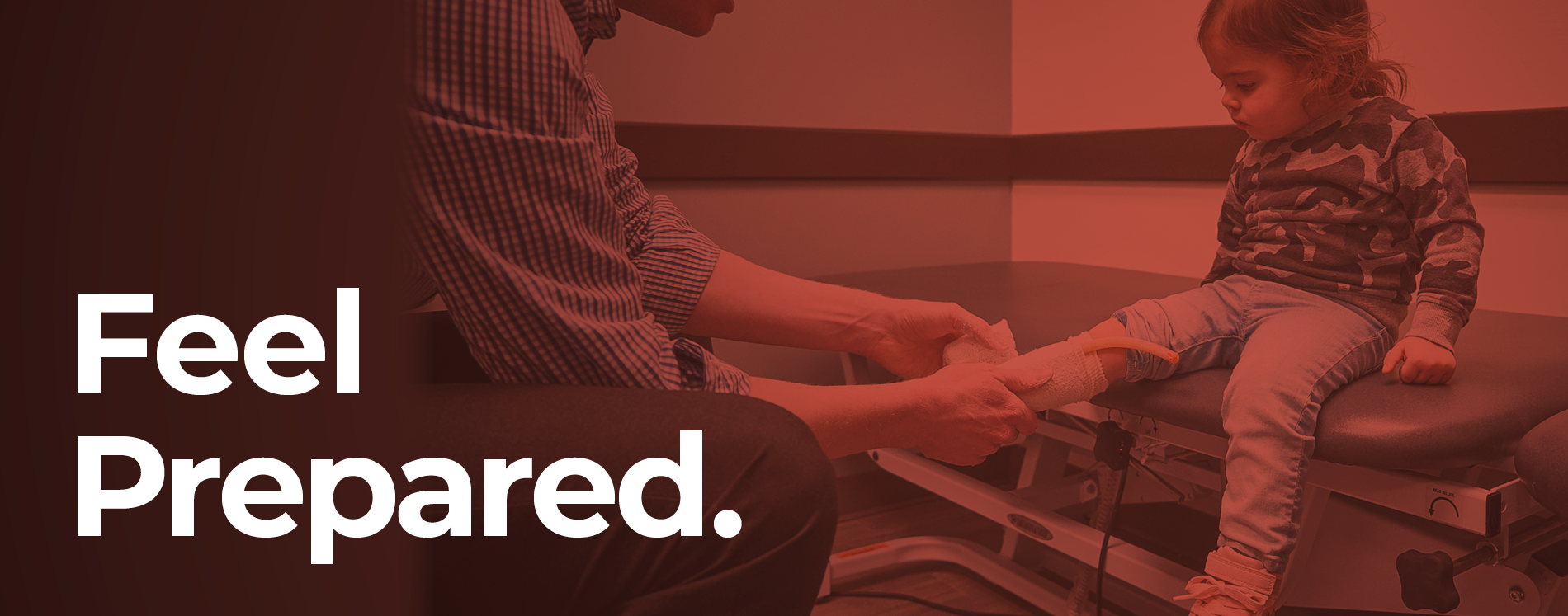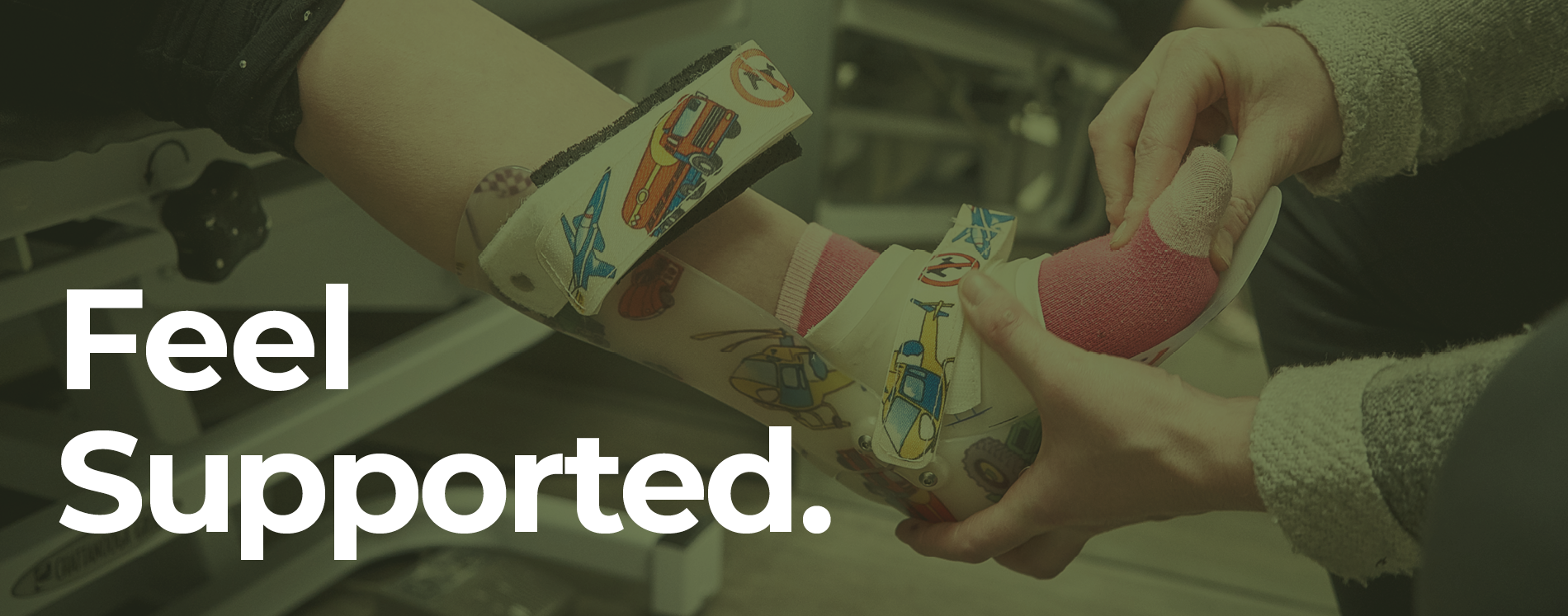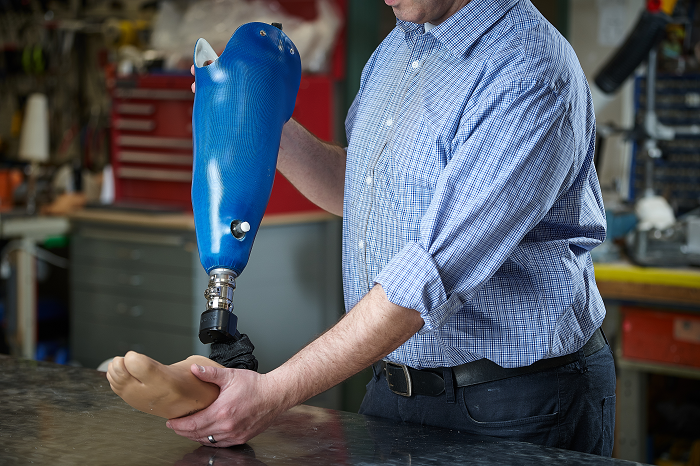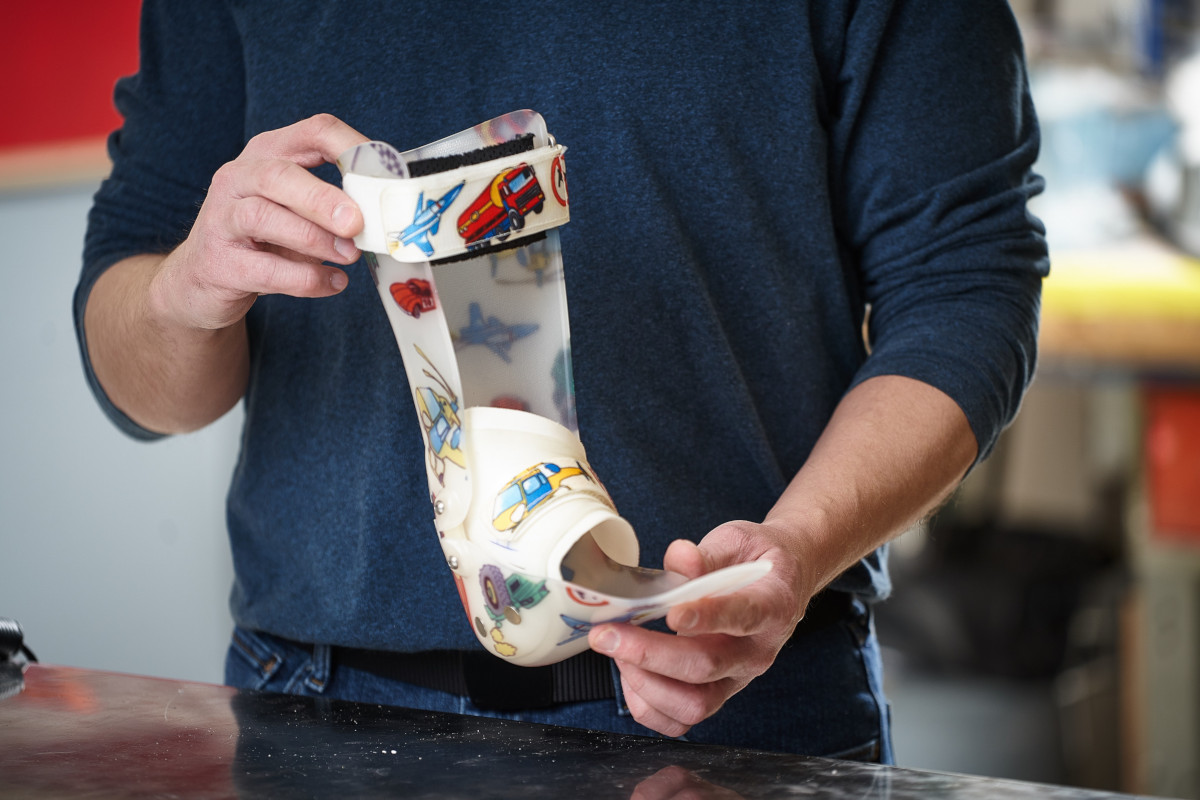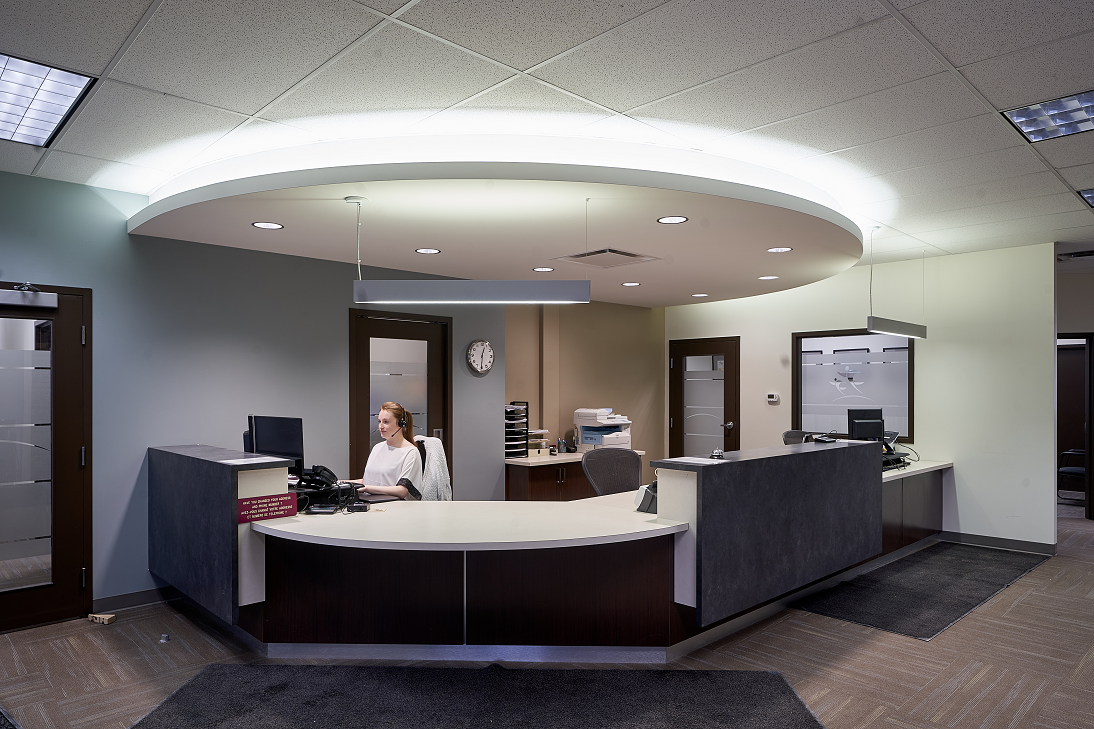Welcome to Winnipeg Prosthetics & Orthotics
If you require an artificial limb (Prosthesis) or you've been told by your doctor that you need a device to control or enhance movement or reduce pain (Orthosis) then let us help you. We offer free consultations to discuss your needs and your goals.
We have been taking care of Manitobans' Prosthetic and Orthotic needs for more than 30 years. Our easily accessible clinic has ample free parking and is conveniently located in the heart of St. Boniface. Our professional friendly staff will ensure a patient first approach. Using the latest in technological advances, we will work with you to help you reach your goals and provide the most functional and comfortable device custom made specifically for your needs!
Please take the time to tour our website to find out more about us and our services.
Latest News from WinPO
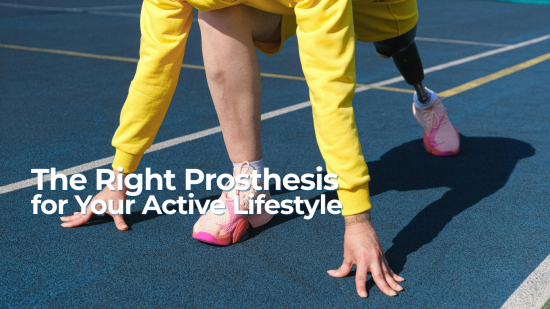
Choosing the Right Prosthesis for Your Active Lifestyle
Staying active is more than a hobby - it is a way of life. Whether you were an avid runner, casual hiker or someone who enjoyed physical activit...
read more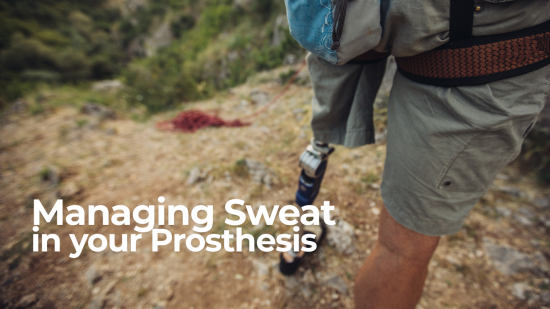
Sweat and Your Prosthesis
Increased sweating is inevitable during the warmer months - here are some tips to help you stay dry and comfortable this summer. As the war...
read morePreparing for Life After Amputation: Tips for a Smoother Amputation Recovery Journey
If you or a loved one is facing an amputation, you are not alone - there is a supportive community here in Manitoba that can help walk with you throug...
read more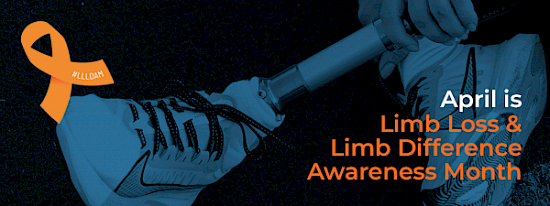
April is Limb Loss & Limb Difference Awareness Month
April is Limb Loss & Limb Difference Awareness Month April is Limb Loss & Limb Difference Awareness Month, a time for us to raise awarene...
read more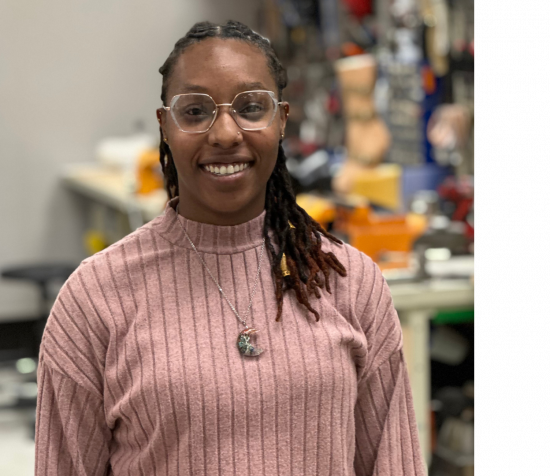
Team Member Spotlight - Jodie Lewis
At Winnipeg Prosthetics and Orthotics, we are fortunate to have Jodie, an experienced and compassionate Orthotist who joined our team in...
read moreThe Importance of Customization in Lower Limb Orthotics
Custom Orthotics play a crucial role in enhancing mobility and alleviating pain for individuals with various foot and lower limb conditions. While pre...
read moreCaring for Your Prosthetics: Maintenance Tips and Best Practices
Prosthetics can significantly improve quality of life, enhancing mobility and independence for those who use them. However, like any other piece of eq...
read moreAdvancements in Assistive Technology: Prosthetics and Orthotics Trends
In recent years, the field of assistive technology has seen remarkable advancements, especially in the realm of prosthetics and orthotics. These innov...
read moreFoot Orthotics for Morton’s Neuroma
Most of us have heard of the benefits that custom foot orthotics can have to treat foot abnormalities, such as pronation, plantar fasciitis or ulcers,...
read moreNavigating Emotional Well-Being After Limb Loss
Losing a limb is a life-altering event that can have a profound impact on an individual's emotional well-being. Whether the loss is due to trauma, ill...
read moreDebunking Common Myths About Prosthetics
The world of prosthetics has made incredible advances over the years, providing individuals with limb loss a new lease on life. However, with these ad...
read moreTeam Member Spotlight - Geena Frew
What is your position at Winpo? What was your journey to get there? Prosthetic Resident. I completed a masters degree in Rehabilitation sciences ...
read moreFactors to Consider When Choosing the Right Prosthetic
Deciding on the right prosthetic components and design can have a profound impact on the quality of life for individuals with limb loss. With advancem...
read moreThe Evolution of Prosthetics
Over the years, prosthetic technology has undergone a remarkable evolution, transforming the lives of millions of people worldwide. This blog post exp...
read moreDefining The Certified Orthotist
For many, including physicians and allied health professionals, orthotics and prosthetics have been somewhat of a mystery with respect to who provides...
read moreQuality Sleep as a Person with an Amputation
Sleep is an essential part of our lives. It is crucial for our physical and mental well-being, and it helps us to maintain a healthy lifestyle. Howeve...
read moreMassage Therapy vs. Physical Therapy
There are many different types of therapies that can help persons with an amputation manage discomfort and adjust to life without a limb and wearing a...
read morePatient and Employee Spotlight - Nick Leclerc
Nick Leclerc recently joined the WinPO team under somewhat unique circumstances, having the perspective of a person with an amputation while working i...
read morePlantar Fasciitis
Most Certified Orthotists, Certified Pedorthists and other medical professionals would agree that plantar fasciitis, statistically speaking, occupies ...
read moreDiabetes and Lower Limb Amputation
Individuals with diabetes have an increased risk of amputation, most often that being a lower limb amputation. You might be asking yourself, ‘what i...
read moreAdjusting to Life After an Amputation
Over 225,000 Canadians live with an amputation every day. Whether it is upper or lower limb loss, often people are fitted with prosthesis that will he...
read morePatient Spotlight - Amos Unruh
Amos Unrah has been a person with an amputation for most of his life. He has been a patient at Winpo for the past eight years since he moved to Manito...
read moreSurvival Kits for Persons with An Amputation
Whether you are adjusting to life with an amputation or are a long-time prosthetic user, one key strategy that may help is a small survival kit. A sma...
read moreGolfing with an Amputation
With all of this warm weather it is the perfect time to get out for a round of golf. If you have recently lost a limb, you may believe you are unable ...
read morePracticing Yoga with a Prosthetic
Yoga has been used for centuries for all of the benefits that it offers. It aids in peoples mental and physical well-being no matter what the skill le...
read moreSajjad Akhtar - Registered Orthotic Technician at Winnipeg Prosthetics and Orthotics
What is your role at Winpo and when did you join the team? SA: I immigrated to Canada in September 2006 and within two weeks I joined WinPO team ...
read moreRunning with a Lower Limb Amputation
If you enjoy exercising by regularly running and have recently experienced a lower limb amputation or about to face one know that you will still have ...
read moreService Animals for a Person with an Amputation
A service animal, typically a dog, is trained to assist a person who has a disability. Technically any animal can be a service animal as long as they ...
read moreEmployee Spotlight - Marc Pépin
If you have had a chance to interact with Marc Pépin we are sure you had a great experience. Marc joined our team in September of 2019 and has been...
read moreHow to Support a Person with an Amputation
There are many reasons why your loved one could have undergone an amputation or has a scheduled amputation. Whether it is from an accident or a diseas...
read moreWinPo Patient Spotlight - Diane Hrychuk
Diane Hrychuk is a long-time patient at WinPo, she is an inspiration to many participating in National and International sporting events when she was ...
read moreSuspension Systems for Prosthetics
There are many different types of suspension systems that are used to suspend a prosthesis. The suspension system of a prosthesis is a crucial facto...
read moreBack to School as a Person with an Amputation
No matter what the circumstance is, when your child returns to school it can be stressful. Whether your child is returning to school for the first tim...
read morePatient Stories from WinPo - Bob Bergen
When did you become an amputee? I was first diagnosed with a degenerative small vessel disease called Buergers Disease effecting mostly my ha...
read moreHiking as an Amputee
Hiking as a person with an amputation can be a great way to get outside and get active. One advantage to hiking is that it often does not require a sp...
read moreStarting a Career in Prosthetics and Orthotics
A career in Prosthetics and/or Orthotics is a well-respected profession within the medical field. It can be a little overwhelming to understand what p...
read moreCycling with an Amputation
Now that the weather is warming up people are gearing up to get outside. Outdoor activities can be a challenge for those living with an amputation but...
read moreCOAPT Technology with a Myoelectric Prosthesis
When a person with an upper limb amputation uses a prosthesis; there are typically three styles of prostheses to choose from: passive, body-powered, o...
read moreManaging Back Pain as a Person Living with an Amputation
Back pain in persons with lower limb amputations is quite common. In fact, it can be more common to have back pain than not as an amputee. As you adju...
read moreTips to Stay Positive During Your Amputation Transition
It’s no secret that any type of amputation will change your life. Just like anything in your life, it is up to you on how you handle it and what typ...
read moreProsthetist and Orthotist Education and Training in Canada - Part 3
This is the third part of a three-part series on Prosthetics and Orthotics (P&O) education and training in Canada. The first and second parts ca...
read moreProsthetist and Orthotist Education and Training in Canada - Part 2
This is the second part of a three part series on Prosthetics and Orthotics (P&O) education and training in Canada. The first part can be found ...
read moreProsthetist and Orthotist Education and Training in Canada
This is the first of a three part series on Prosthetics and Orthotics (P&O) education and training in Canada. We have a very exciting devel...
read moreAdaptive Clothing and Accessories for Amputees
When you think about all of the new skills a recent amputee has to learn, getting dressed might not be on the top of the list. But it is an important ...
read more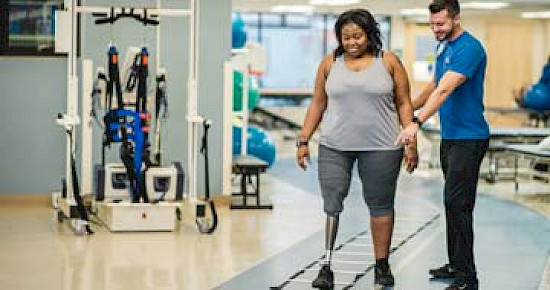
Rehabilitation for Amputees
There are many different types of amputations which in turn means there are different types of rehabilitation. Here we will look at different types de...
read more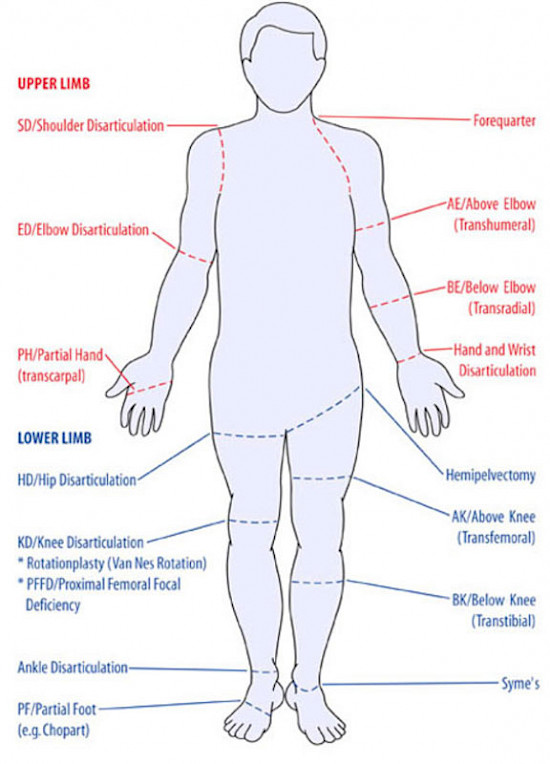
Breaking Down Amputations
As you may know there is a long list of possible amputations someone could have. Here we are going to briefly look at the 15 listed in the chart below...
read moreWarm Weather Considerations for Amputees
As the weather warms up many people are ready to get active. The nice weather can be inspiring and motivating to get outside and enjoy a variety of su...
read moreWhere to Find Inspiration as an Amputee
Whether you are a new amputee or have been one for years it is always great to see other people out there living their life as an amputee or helping p...
read moreProper Hand Washing Can Save Lives
According to health professionals, washing your hands is one of the top ways to protect you and your family from sickness and spreading illness. ...
read moreCovid-19 Update
To our WinPO clients, family, and friends, WinPO will remain open with limited services and access starting March 23, 2020 until further notice, ...
read moreRe: COVID-19
We at WinPO are keeping up to date with the best available information from Health Canada, The Center for Disease Control (CDC), and the World Health ...
read moreWhat Can Cause the Loss of a Limb?
In Canada, there are approximately 200,000 amputees. The three most common causes of limb loss are from disease, accident and congenital limb differen...
read moreLiving a Healthy Lifestyle with Limb Loss
Typically, right after the loss of your limb, your journey to rehabilitation starts. Limb loss causes many changes in your life, both negative and pos...
read moreTravelling with an Amputation
With the cold weather settling in a lot of people are planning a winter getaway. Whether it be to visit family or get a break from the cold weather on...
read more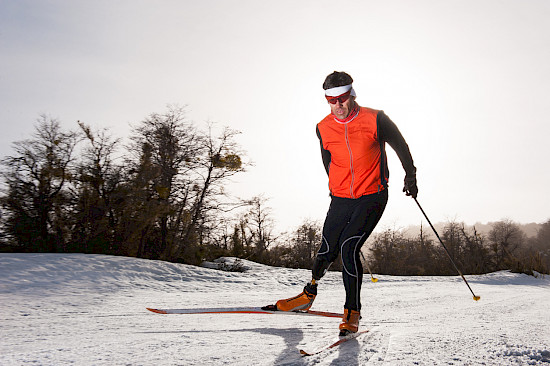
Winter With An Amputation
Winter is a season that is going to come, it is unavoidable and it can be tricky to navigate through the cold and snowy months. It is important to sta...
read more
Parenting a Child with Limb Loss - A New Journey for You and Your Child
Becoming the parent of a child amputee can feel overwhelming, especially at the beginning. Whether your child was born with a congenital limb deficien...
read more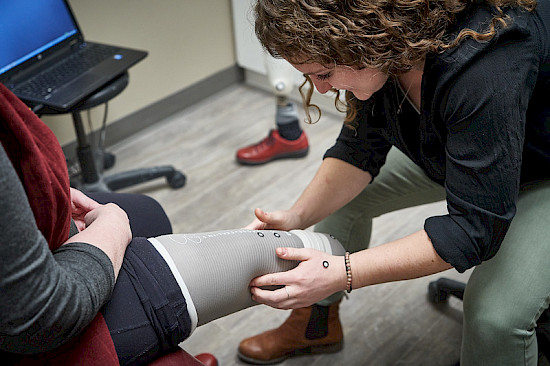
Phantom Limb Pain – You are not alone
Phantom limb pain, after an amputation, is a common side effect. If you experience this, you are not alone. Approximately 70% of amputees encounter ph...
read moreA Team to Help You on Your Journey
There can be several different reasons for an amputation to happen to an individual. They vary from an accident and emergency surgery to a planned sur...
read more
